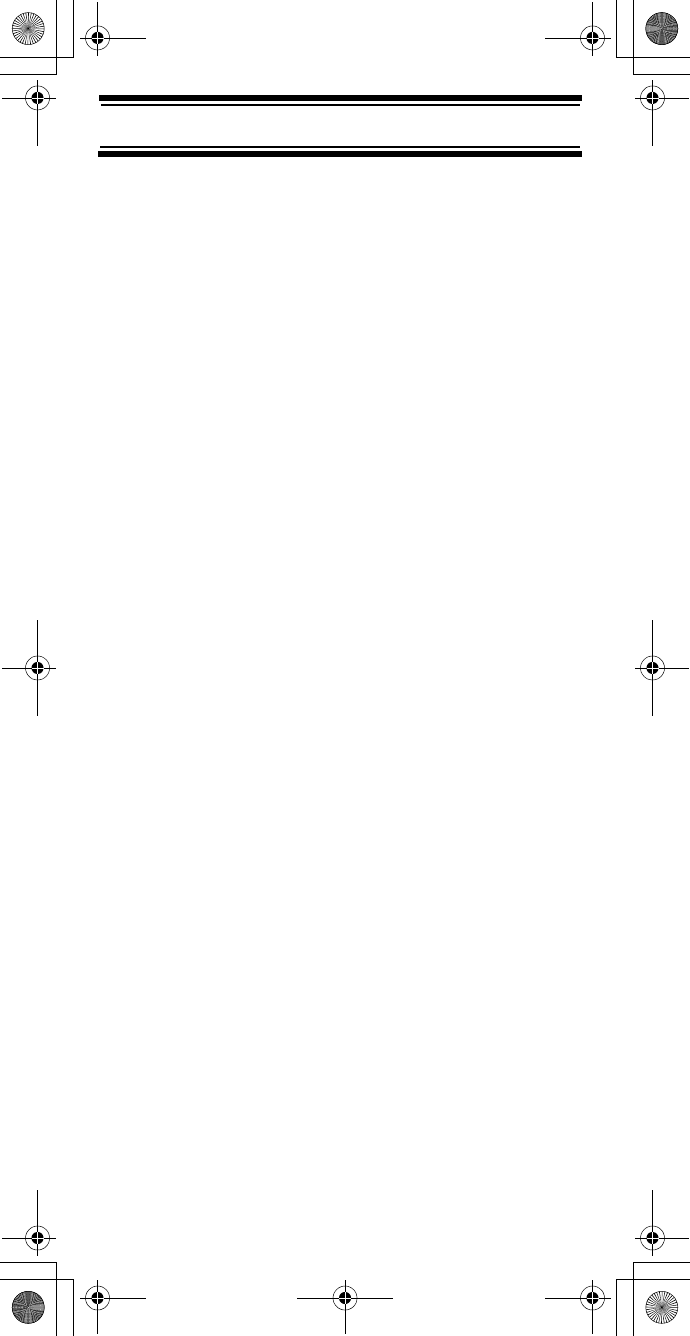
15
Understanding Scanning
Understanding Scanning
This section provides you with background on how
scanning works. You don’t really need to know all of
this to use your scanner, but some background
knowledge will help you get the most from your
UBC3500XLT.
Understanding the Scanner’s
Memory
Your scanner’s memory is organized in an architecture
called Dynamic Allocated Channel memory. This type
of memory is organized differently and more efficiently
than the bank/channel architecture used by traditional
scanners. Dynamic Allocated design matches how
radio systems actually work much more closely, making
it easier to program and use your scanner and
determine how much memory you have used and how
much you have left.
Instead of being organized into separate banks and
channels, your scanner’s memory is contained in a
pool. You simply use as much memory as you need in
the pool to store as many frequencies and alpha tags
as you need. No memory space is wasted, and you
can tell at a glance how much
memory you have used and how much remains.
What is Scanning?
Unlike standard AM or FM radio stations, most two-
way communications do not transmit continuously.
Your UBC3500XLT scans programmed channels until
it finds an active frequency, then stops on that
frequency and remains on that channel as long as the
transmission continues. When the transmission ends,
the scanning cycle resumes until the scanner receives
another transmission.
What is Searching?
The UBC3500XLT can search each of its bands and
up to 10 bands together to find active frequencies.
Understanding Scanning
UB347ZH.fm Page 15 Thursday, August 31, 2006 11:57 AM


















